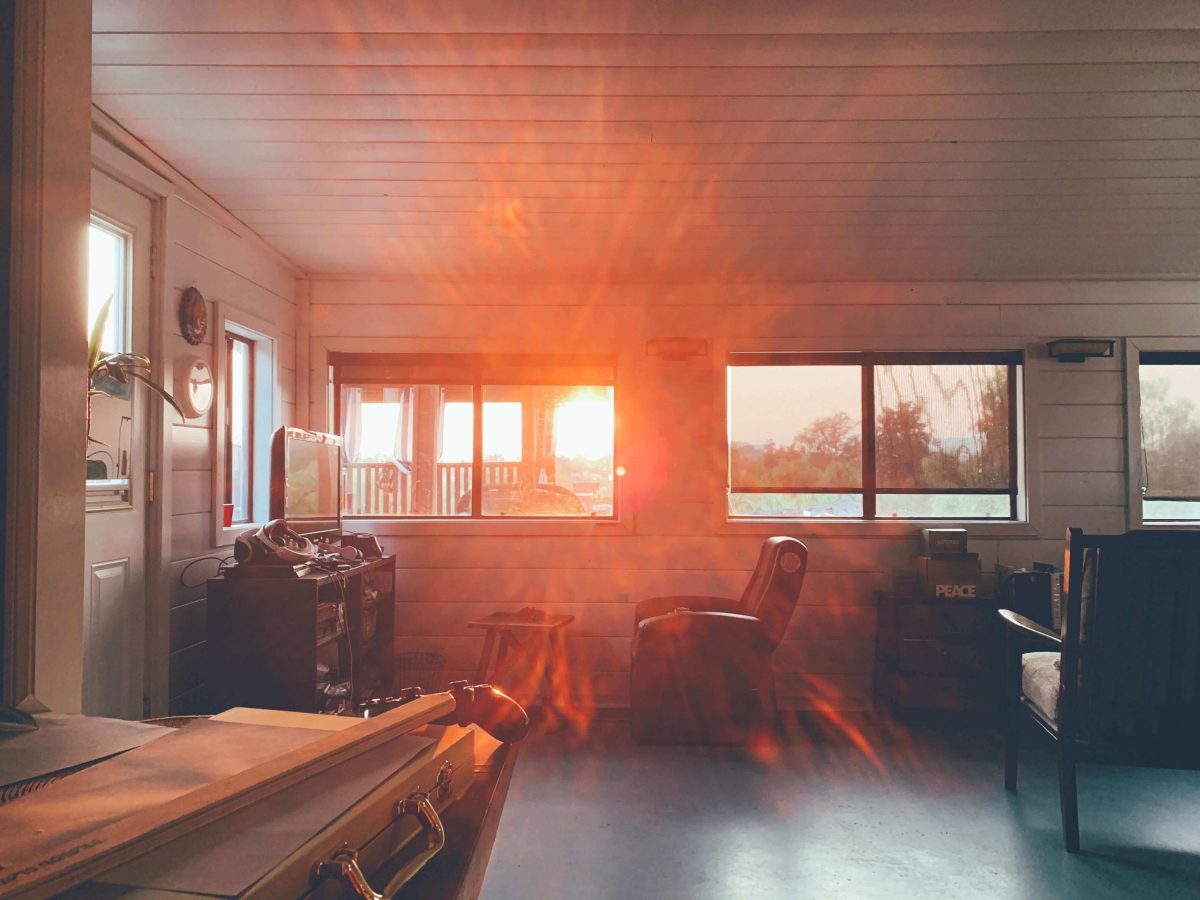The Philippines enjoys a tropical climate all year round and has been blessed with only two seasons, namely wet and dry seasons. Dry season happens during December to May. However, it is further divided into cool dry season, which normally takes place from December to February, and hot dry season from March to May. As “amihan” season or what is referred to as cool dry season bids goodbye, the country officially welcomes the hot dry season or what is popularly known as summer. Needless to say, the Philippines is currently experiencing the hot dry season and the current weather is most uncomfortable for some.
Damage Brought About by Heat and How To Avoid Them
Summer is a fun time and there is no reason for anyone not to love it. Everyone enjoys bright summer skies, summer outings and various kinds of summer adventures. Young people consider it as an opportunity to go out and explore. They plan and plot trips carefully to have fun with friends and family and to do everything they love during summer. However, some days become unbearable due to extreme summer heat. Houses provide a safe sanctuary from the scorching heat. However, even houses are not spared against damaging effects of excessive heat. Hence, homeowners should be knowledgeable and armed with a few tricks for proper house care as well as the convenience of the people residing in it.
Roof Damage
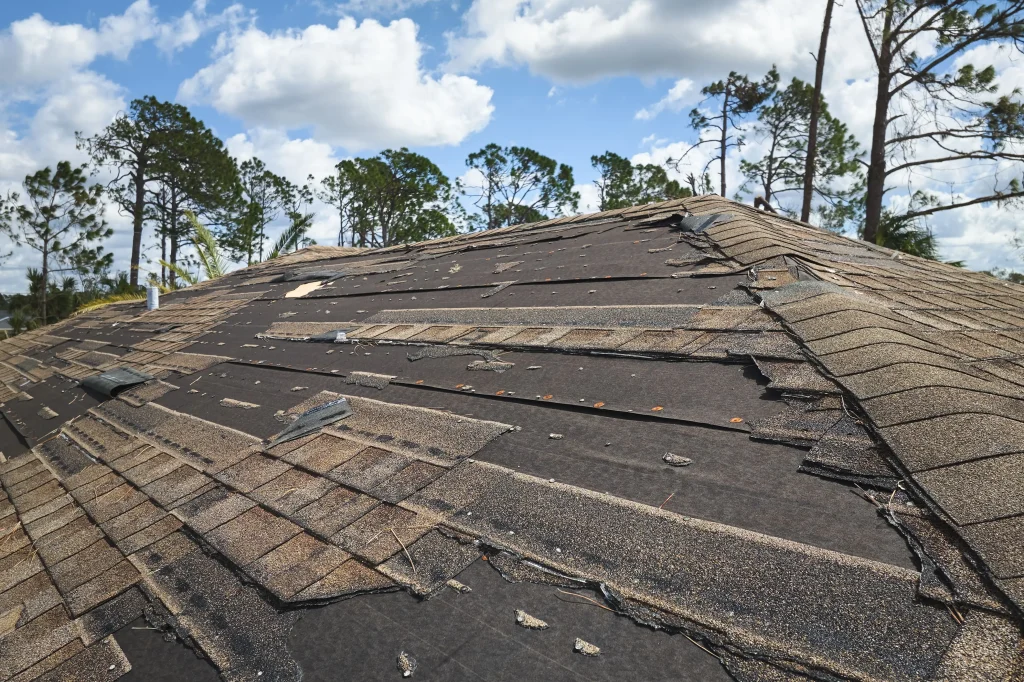
The roof is a protective shield against all external factors that affect every house. It takes a toll on the roof when internal heat adds to what it experiences externally and deteriorates quickly.
- Dual-power vent fan. Installation of a dual-power vent fan can aid in reducing damage caused by heat. Lowering the house interior’s temperature results to less humidity. This also decreases growth of molds and mildew.
- UV rays protection. Another way to combat roof damage is to provide protective a protective coating. Although this won’t totally eliminate damages brought about by UV rays, it will aid in slowing down the molecular process of deterioration and prevent leaks.
- Light-colored roofing materials. Light-colored roofing materials are found to reflect the sun’s rays as compared to dark-colored ones since the heat absorption of traditional dark-colored roofing materials is tremendously higher than light-colored ones. There are evidences that roofing materials used play an important part in controlling the entry of heat inside the house.
- Landscape. Trees provide long-term protection and provide shade when grown. In addition, other plants such as shrubs, ground covers and trellis aid in cooling down the perimeter and provide a cooling effect. When planning on the landscape of a Citta Italia home, homeowners have an option to grow grass instead of traditional pavement materials since grass gives a cooler effect compared to concrete pavements.
Paint and Wall Cladding Damage
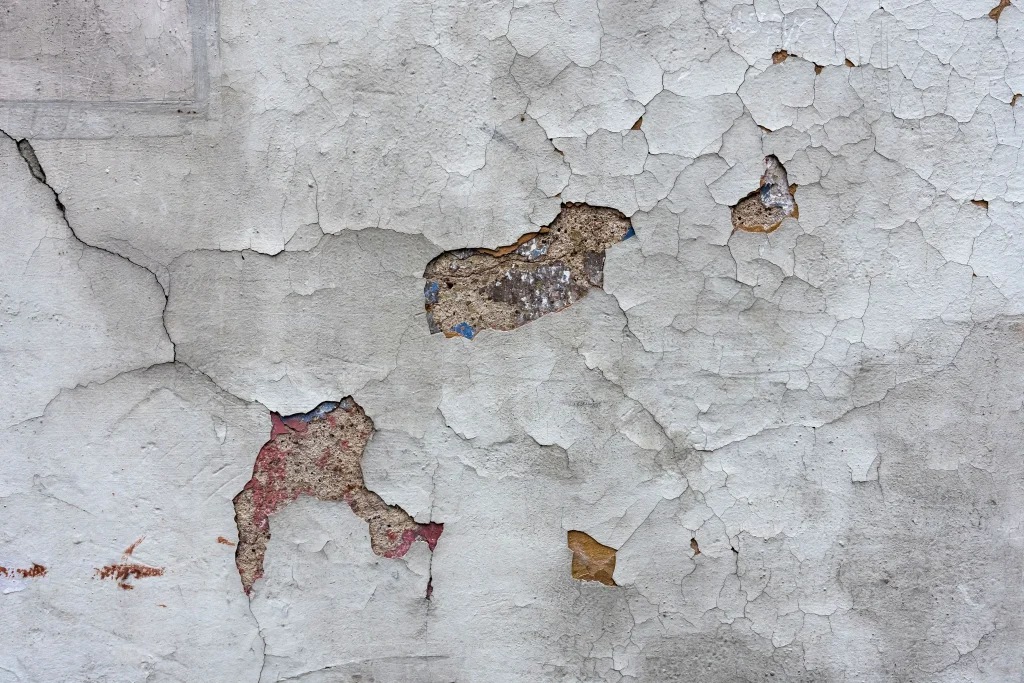
Excessive heat and very high humidity increases risk of damage to paints as well as on wall cladding. Extreme heat causes wall claddings or sidings to expand thereby producing cracks on both wall cladding and paint.
- Maintaining paint diligently. Caulk or crack fillers as well as retouches should be done often to avoid further damage. It is less work and expense when arrested early.
- Stucco. This construction material is best suited for dry climates since it is a wall cladding material which is both heat resistant and contains insulating qualities.
Flooring Damage
Extreme heat is dangerous to wooden floors. Since high levels of humidity cause wood to expand, the flooring eventually buckles and eventually results to irreversible damage. Hence, certain measures have to be done to decrease humidity levels to protect wooden flooring.
Interior Window Treatments
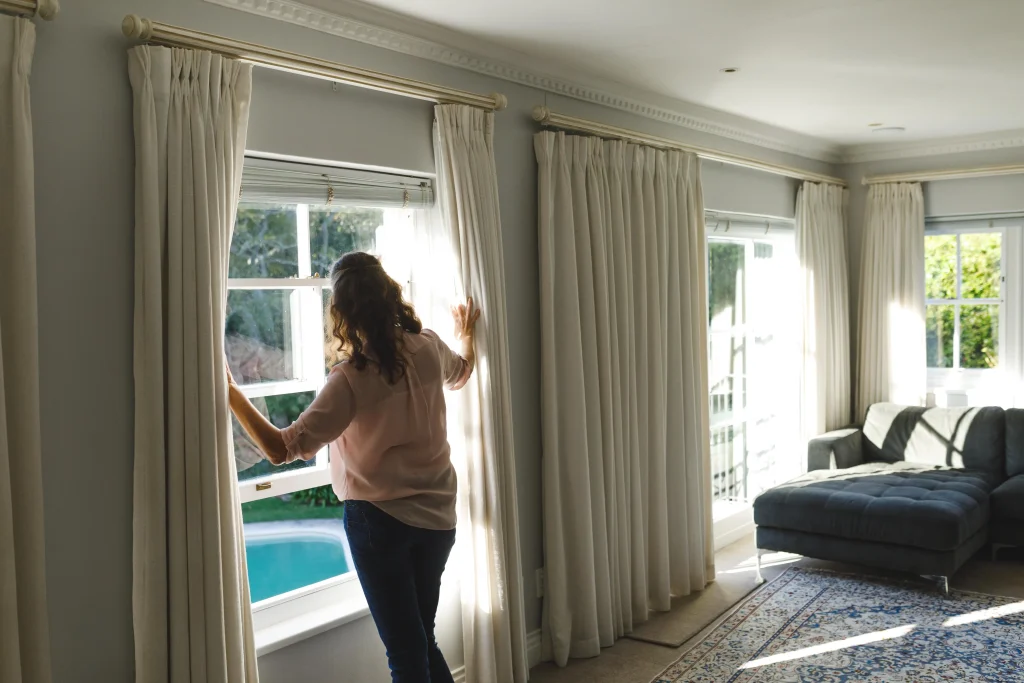
These options may be considered less expensive compared to others. The use of curtain or drapes, blinds, and roller or roman shades may effectively help block the heat coming from the outdoors. Their versatility even adds up to the character of a home.
- Curtains or Drapes. Curtains cover the entire window while drapes go all the way to the floor but both help prevent the entry of too much heat specially during the day’s hottest time.
- Vertical or Horizontal Blinds. Blinds, either vertical or horizontal controls light, glare and heat simply by adjusting the slats. These blinds may not entirely block the light but their adjustable feature is a big a plus.
- Roller or Roman Shades. Installation of rollers or Roman shades is another affordable way to help reduce heat inside the house. However, natural light as well as airflow might be restricted.
Exterior Window Treatments
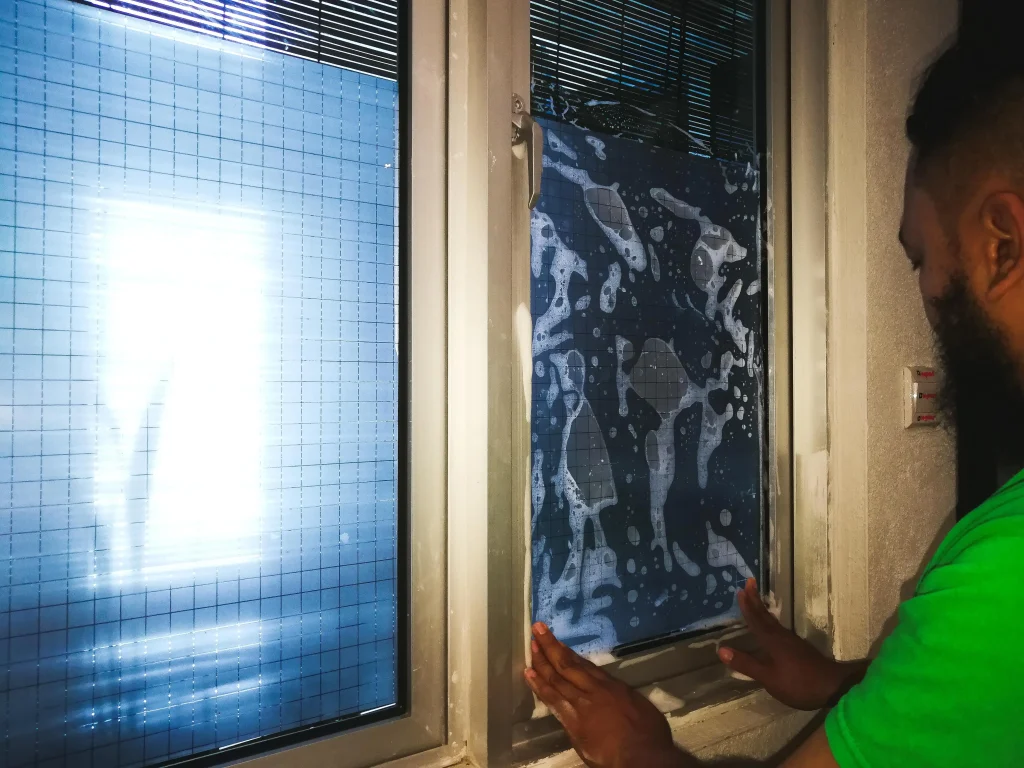
These solutions need to complement the exterior of the house but these treatments present effective ways to control entry of heat thereby reducing risk of damages in the house.
- Window Film or Tint. Window films are translucent materials that allows light to come through but effectively blocks UV rays. Window tints, however, provide increased privacy and shade. Both window film and window tints protects the house from experiencing unbearable heat and serves protection from UV rays without blocking the view.
- Exterior solar window screens. Somewhat similar to the roller except that they come as fixed panels above windows. Their adjustable feature would allow one to control the amount of light permitted to enter the interior of the house. Motorized screens come a bit pricey yet they seem to be practical options.
- Exterior shutter or shades. Exterior shutter or shades enhance the look of the house in addition to providing a cooling effect to the interiors. Shutters come in various materials namely fabric, vinyl, wood, steel or aluminum.
- Awnings. For houses in the Philippines where dry hot season is long, fixed awnings might be a more reasonable choice compared to retractable ones. They block heat and glare and able to provide shade.
Conclusion
Living in a tropical country is both a blessing and a curse. However, a wise homeowner who cares for the environment will always find practical means to combat the heat inside his Citta Italia home without compromising the environment and responsibly avoids contributing to global warming. There are numerous options to cool down the interiors of one’s abode. With a little research and coordination with builders, a cooler sanctuary is possible.


